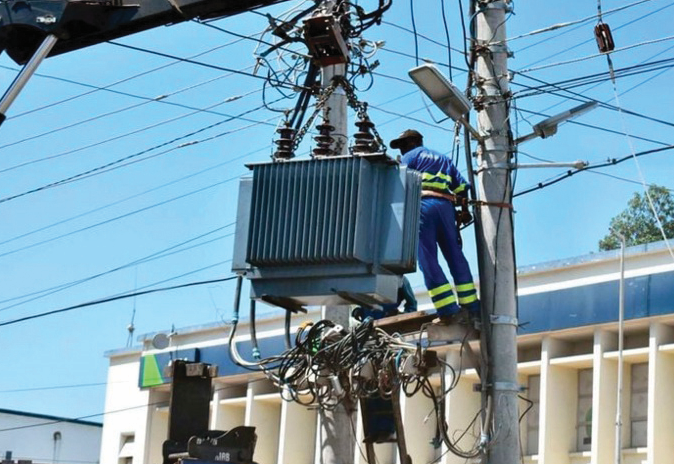Kenya Power faces rising electricity losses
By Victor Mukabi, April 23, 2025Almost a quarter of all electricity bought by Kenya Power and Lighting Company (KPLC) gets lost through system inefficiencies, significantly straining the company’s revenues and influencing the overall cost of electricity supply.
For instance, during the first half of the 2024/25 financial year, every 1,000 GWh of electricity bought by the company resulted in a loss of 250 GWh—power that never reached billed consumers.
These system losses are attributed to two main sources. The first is technical losses, which occur due to energy dissipation in the transmission and distribution infrastructure, often as a result of ageing equipment and long-distance power transfers.
Commercial losses, on the other hand, stem from human or operational issues such as incorrect billing, meter tampering, electricity theft, and consumption that goes unmetered or unbilled.
The power utility has historically incurred losses running into billions of shillings due to these challenges. In the first half of 2023, the company reported a loss of Sh4.4 billion. However, the situation improved in the same period of 2024, pointing to a partial recovery amid persistent structural problems.
According to the Energy and Petroleum Regulatory Authority (Epra), the system loss rate reached 24.2 per cent during the review period—6.7 percentage points above the regulator’s 17.5 per cent threshold approved for the 2024/25 tariff.
“In the period under review, 24.2 per cent of the total energy purchased by the national utility was lost, marking a one-percentage-point increase from the 23.2 per cent recorded during the same period in the previous financial year,” the report reads in part. Unfortunately, Kenya experiences significantly higher electricity system losses compared to the global average. While the global average for system losses is around 8-10 per cent, Kenya’s losses are consistently over23 per cent.
This discrepancy highlights issues within Kenya’s electricity transmission and distribution networks, including aging infrastructure, inefficiencies, and potential theft.
The month of July 2024 saw the highest system losses at 24.9 per cent, which marginally declined to 23.7 per cent in December. During this period, Kenya generated 7,222.37 GWh of electricity, a 6.13 per cent increase from the 6,805.28 GWh recorded in the first half of the previous year, driven largely by growing demand and a broader customer base.
Expanding customer base
“This growth was driven by rising demand from organic load growth and an expanding customer base,” Epra said in a report. Despite some gains, system losses continue to undermine KPLC’s profitability. The regulator caps recoverable losses at 18.5 per cent, which means the utility cannot transfer the financial burden of excess losses to consumers.
One of the major technical loss contributors is Kenya’s aging transmission infrastructure—a concern the Ministry of Energy is actively addressing.
Data from Kenya Electricity Transmission Company (Ketraco) indicates that the national system loss rate stood at 22.4 per cent as of February 2025.
This includes 4 per cent in transmission technical losses, 8 per cent in distribution technical losses, and 10.4 per cent in retail commercial losses. These figures put Kenya second only to Ethiopia among African countries struggling with electricity losses.
Ketraco has committed to reducing the national loss rate to 14.4 per cent by 2028, a move expected to save the country around Sh10 billion. Achieving this will require modernizing the grid, removing transmission bottlenecks, eliminating long distribution lines, and improving the dispatch of cheaper power sources.
Energy Cabinet Secretary Opiyo Wandayi has acknowledged that the country’s aging infrastructure is not resilient enough to cope with modern demands and harsh weather conditions, which contribute to system losses.
More Articles

